Qatari researchers have proposed a solar-powered hybrid station with integrated liquid air, gaseous hydrogen storage, and batteries for EV charging and hydrogen refueling. The system, based on a 41.96 MW PV array over 0.44 km², generates atmospheric water (1.43 kg/s), liquid air (11.37 kg/s), and electrolytic hydrogen (0.144 kg/s). “Unlike earlier research that focused on these technologies separately, the system integrates solar power, atmospheric water harvesting, hydrogen production, liquid air storage, and waste heat recovery into one autonomous platform,” Nuretin Sezer, the corresponding author of the paper, told pv magazine, calling it the world’s first concept of a hybrid station that combines fast charging for EVs and fast hydrogen refueling for fuel cell vehicles, powered entirely by natural atmospheric resources. The system uses condensed water for electrolytic hydrogen production and dry air for liquid air production. The hydrogen is compressed and precooled, while heat from hydrogen compression and excess heat from Liquid Air Energy Storage (LAES) discharge are recovered for additional power generation in a Trilateral Flash Cycle (TFC). “The efficiency of the PV, LAES, TFC, electrolyzer, and overall system is found to be 16%, 57.1%, 11.6%, 56.7%, and 55.5%, respectively,” the researchers wrote in the paper, published in the International Journal of Hydrogen Energy. Sezer said the proposed hybrid station is not location-specific and was not modeled on Qatar’s climate. “The design is formulated using general thermodynamic and system-level principles, making it adaptable to a wide variety of geographical contexts. With appropriate input data – such as local solar irradiance, temperature, humidity, and resource availability – the concept can be applied in different regions worldwide,” Sezer told pv magazine, adding that the paper is based on nine assumptions, including no temperature, pressure, or heat losses in pipelines or system components.
Hynfra has signed a framework agreement with the government of Mauritania for a $1.5 billion green ammonia project in the southern zone of the Somelec wind farm. “The investment foresees the construction of an integrated facility that will produce 100,000 tons of green ammonia annually starting in 2030,” said the Polish company, adding that the project includes PV and wind farms, electrolyzers, a green ammonia plant, and supporting infrastructure such as water desalination, energy storage, and export logistics.
DLA Piper said Greece’s new hydrogen law represents a regulatory milestone, bringing the country in line with the EU’s low-carbon strategy. The law firm added that investors, developers, and energy companies planning hydrogen production or infrastructure projects should assess whether their activities qualify as renewable or low-carbon; prepare for certification and public consultation; and monitor secondary legislation and upcoming tenders for infrastructure licenses and public support schemes. “While the core licensing and certification rules are already in force, secondary legislation is expected over the coming months to clarify technical specifications, tariffs, and network access rules. In the meantime, RAAEY [Regulatory Authority for Energy, Waste and Water] can begin receiving and evaluating applications under the new regime,” DLA Piper said in a paper on law 5215/2025 (Government Gazette A’ 116/2025), published on July 4.
RINA has signed a framework agreement with Green Energy Storage (GES), an Italian energy storage company, to develop a hydrogen battery designed by GES. “The first prototype will be unveiled in December 2025,” the two companies said in a joint press release, calling the development “revolutionary.” They said the battery is based on a hybrid hydrogen/liquid technology using a manganese-based liquid electrolyte. The cell integrates hydrogen production and reabsorption in a closed cycle.
This content is protected by copyright and may not be reused. If you want to cooperate with us and would like to reuse some of our content, please contact: editors@pv-magazine.com.
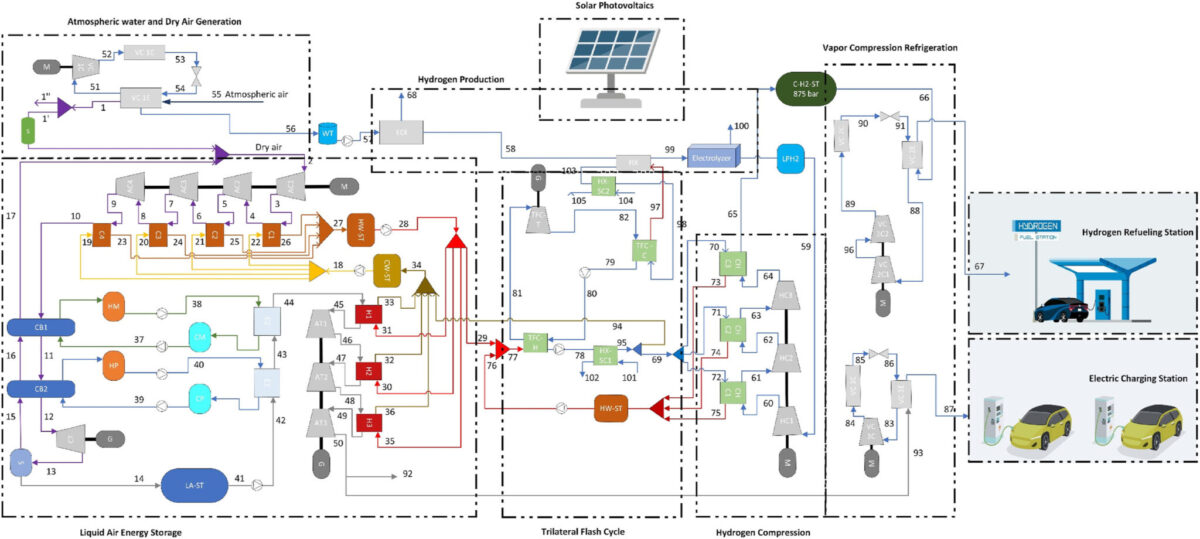
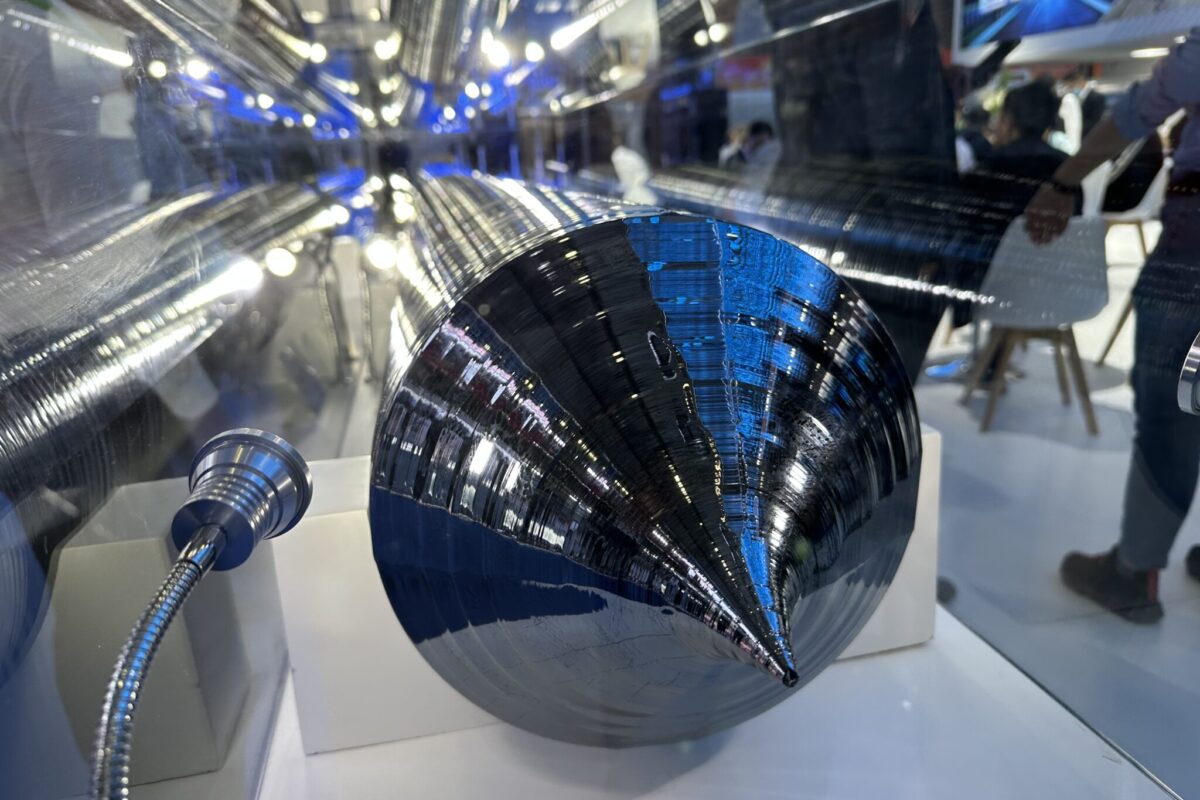

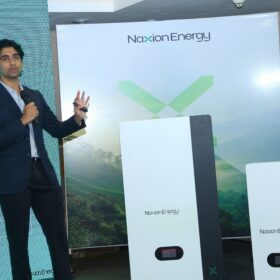
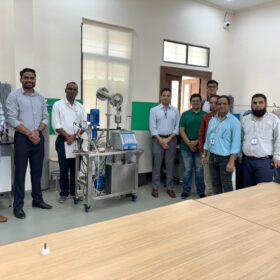

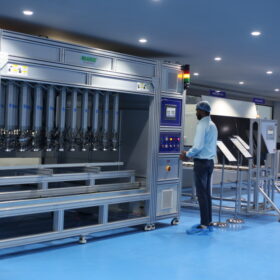
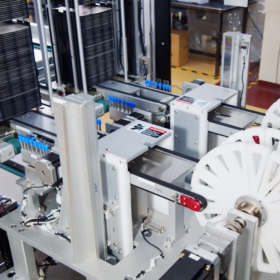
By submitting this form you agree to pv magazine using your data for the purposes of publishing your comment.
Your personal data will only be disclosed or otherwise transmitted to third parties for the purposes of spam filtering or if this is necessary for technical maintenance of the website. Any other transfer to third parties will not take place unless this is justified on the basis of applicable data protection regulations or if pv magazine is legally obliged to do so.
You may revoke this consent at any time with effect for the future, in which case your personal data will be deleted immediately. Otherwise, your data will be deleted if pv magazine has processed your request or the purpose of data storage is fulfilled.
Further information on data privacy can be found in our Data Protection Policy.